African oil palm and the purpose of palm fruit
The African Oil Palm, is not just for oil, but for quick snacks, sauces, meals and raw materials in all sorts of popular and nutritious traditional recipes and household uses.
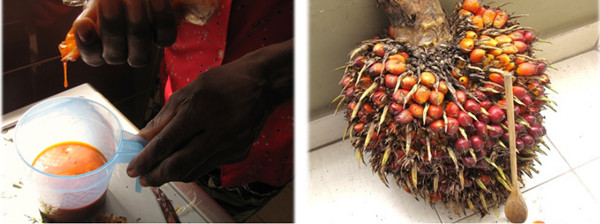
Here's a nice, unobstructed view that's usually hard to get of this palm tree and its fruit - ripening seven meters up in the air on a tree trunk that's still growing skyward! Typically, for palms, the lower fronds eventually droop, then die. People will trim these fronds away to neaten the palm trunk as it grows taller and to use the green or dry trimmed fronds for various household purposes. To harvest the ripe fruit, someone must climb up the trunk and cut the heavy fruit cluster free and lower it to the ground.
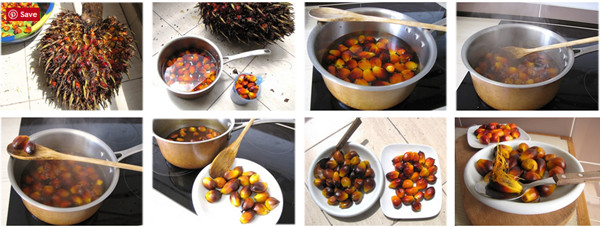
This incredibly useful fruit starts with an easy snack raw or boiled in water for a few minutes.
The African Oil Palm produces two types of oil from the one fruit. The outer soft flesh makes an opaque reddish yellow oil that is used for cooking. The center kernel interior is a hard opaque white, which when heated, melts to a clear oil. In Africa, this clear oil is not usually eaten, but used for hair and skin balms. The process to extract the oil is laborious - boiling the fruit, then pounding it with a mortar and pestle to separate first the soft outer flesh and oil from the hard center nut and stringy fibers. Many towns today have mills that will perform this process for a fee, but most rural households must still do this by hand.
In the step-by-step gallery below, there will be a number of products from this work. The red oil which is set aside for use in numerous recipes, a yellow opaque liquid which is used for the moambe sauce recipe, leaving a pile of fibers and center hard nuts. Even those have useful purposes. Nothing goes to waste!
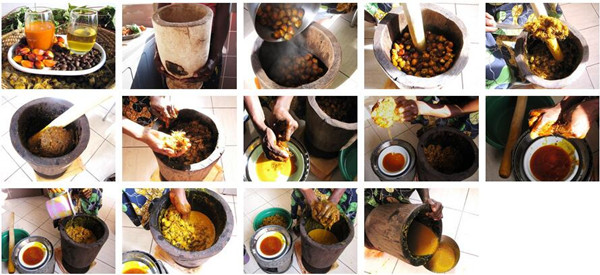
Oil Palms contribute to more than just in the cook pot. The huge fronds provide shade and materials for useful household tools.
Oil Palm is the gift that keeps on giving, in the best of ways! The outer layer of yellow fruit pulp has been extracted through cooking, then pounding, producing a wad of fibers always kept in stock for fire starter, plus red palm oil and yellow solids used in recipes . This has left a nut that resembles a tiny coconut. But there's more! Inside the hard outer hull is another vegetable fat, an opaque white fat that can be eaten or melted to produce another oil. First, breaking out this center. Modern mills will do this step for a fee, but it's still common to be done laboriously by hand particularly in more remote households where mills or cash money are not easily accessible.
Leave A Message
If you want to know more information about African oil palm and the purpose of palm fruit . pls kindly leave your phone number, We will back to you ASAP once we got your message.
-

-
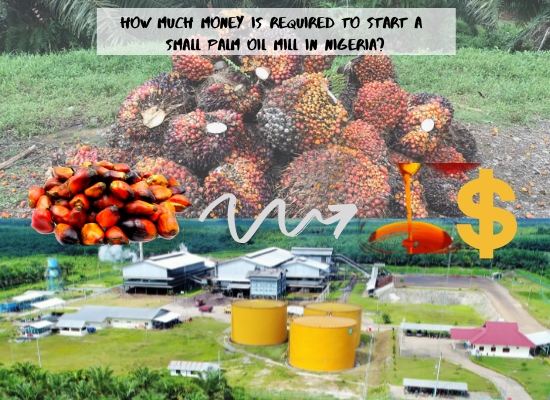
How much it will cost to set up a small scale palm oil mill in Nigeria?
-
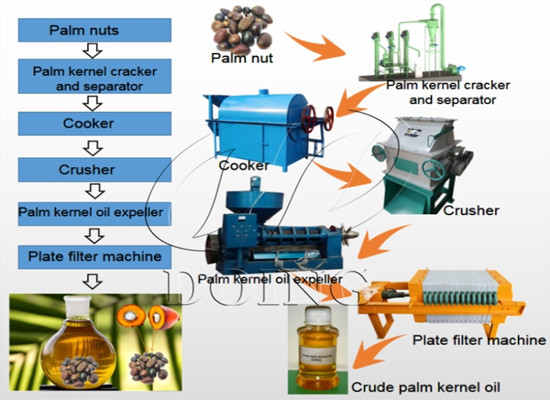
-
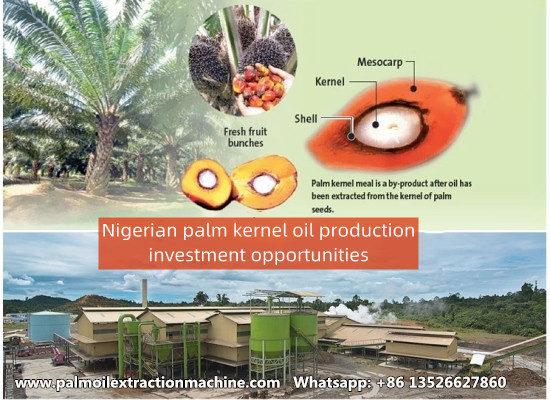
6 Reasons Why Palm Kernel Oil Production in Nigeria is a Smart Investment
-
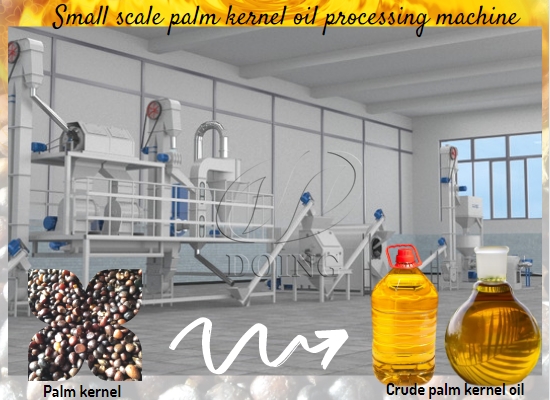
How can I get palm kernel oil in a palm kernel oil processing plant?
-
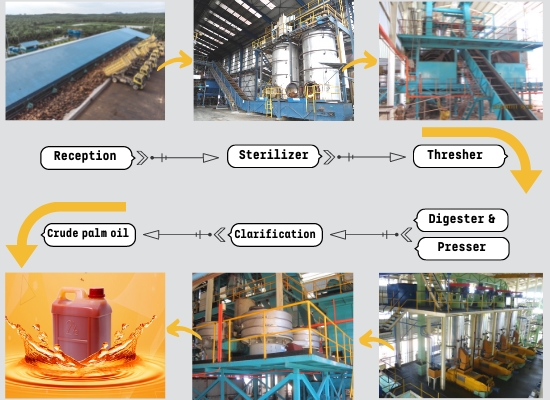
-
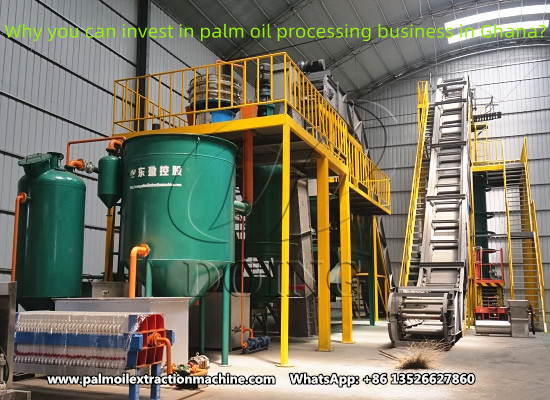
Why you can invest in palm oil processing business in Ghana?
-
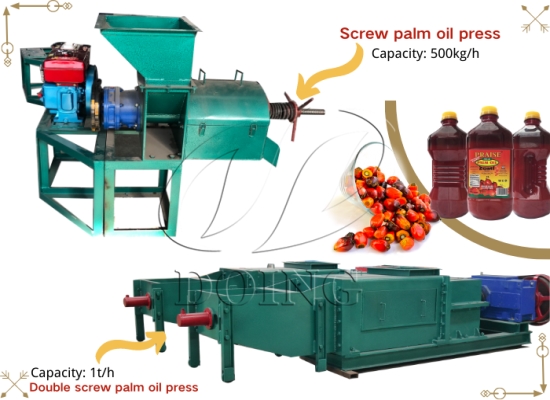
What are reasons that affect the oil yield of palm oil press?
-
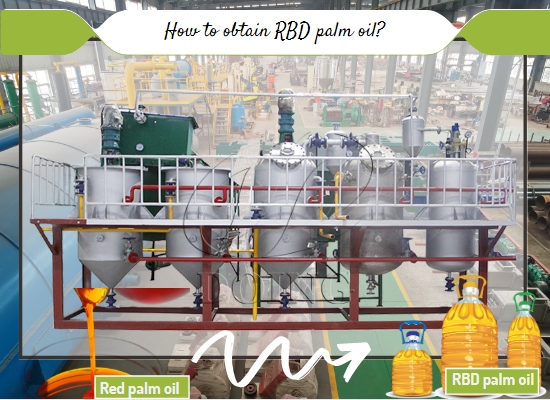
How much does it cost to setup a mini palm oil refining plant?
-
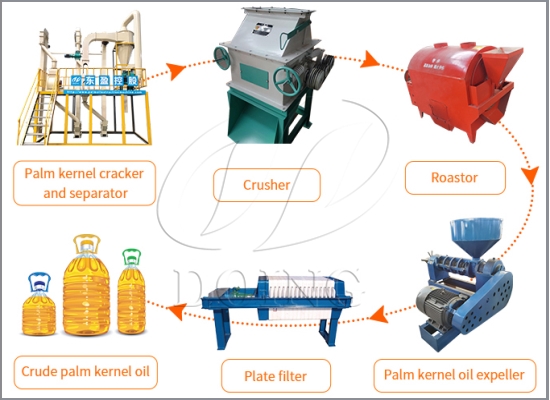
How do I start a palm kernel oil processing plant in Liberia?
-
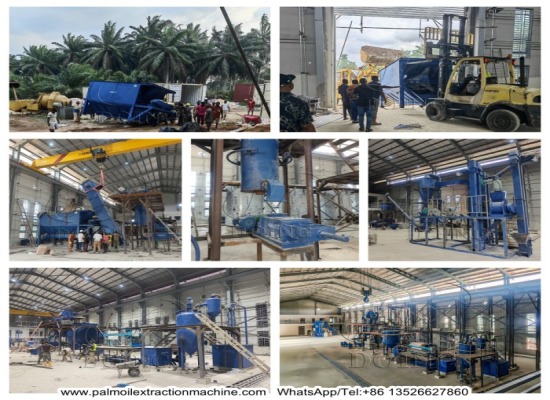
2tph Palm Oil and Palm Kernel Oil Processing Machines Project in Nigeria
-

-

-
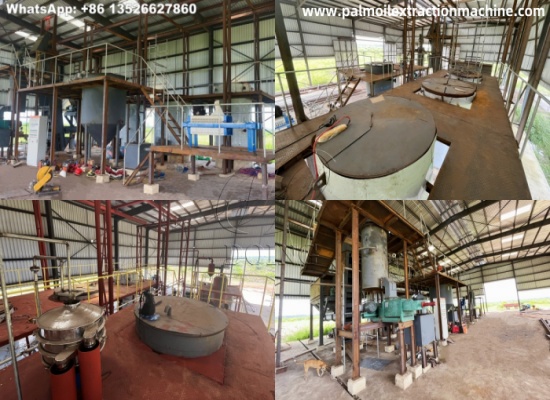
1tph palm oil pressing machines successfully installed in Lagos, Nigeria
-

-
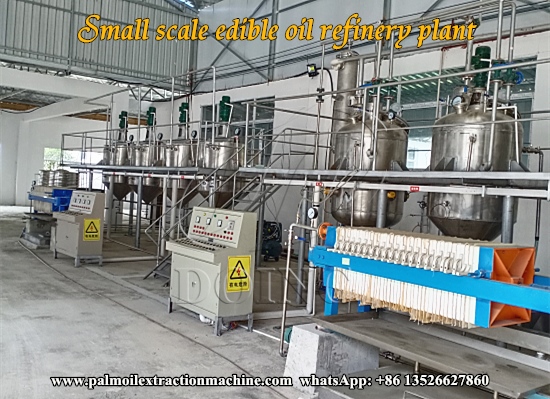
-
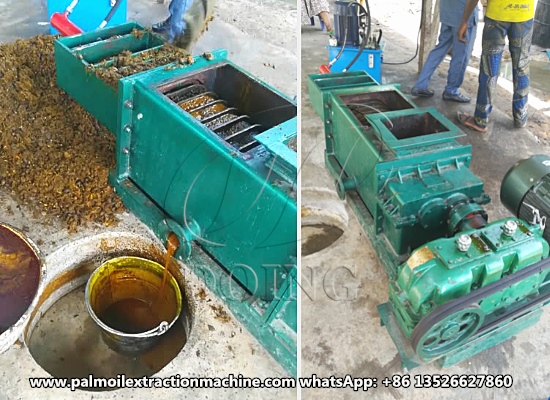
-
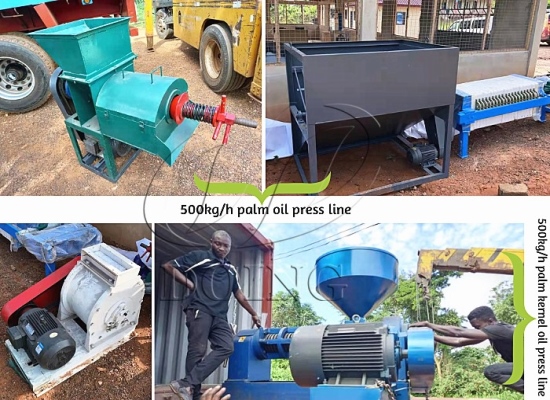
500kg/h palm oil and palm kernel oil processing plant project in Ghana
-
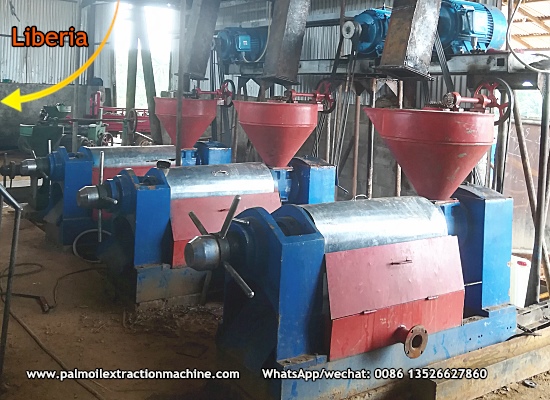
-

30tpd palm oil refinery and fractionation plant project successfully installed in Uganda




